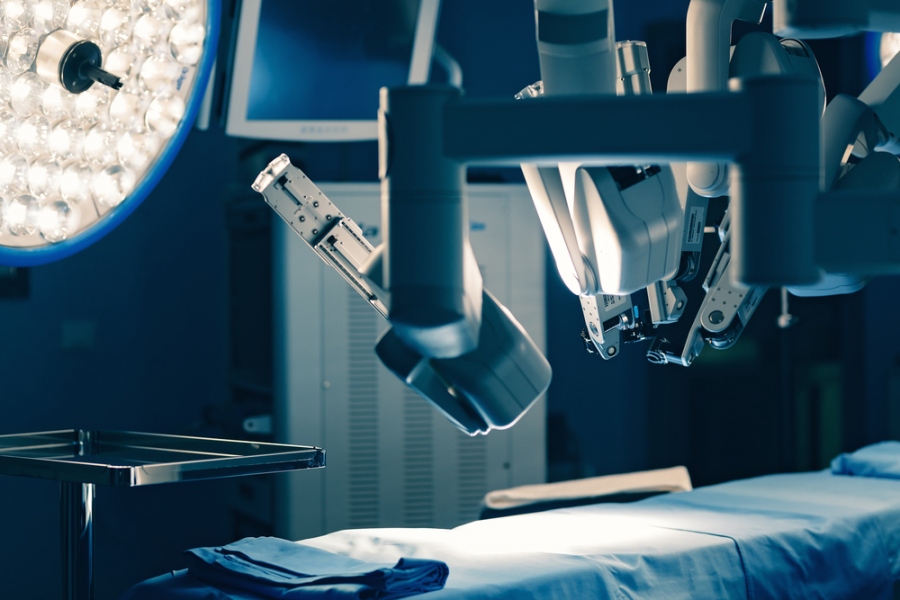Overmolding can be referred to as a sub-category of injection molding. The process of overmolding comprises creating a single part using the combination of two- or multi-materials. In the overmolding process, the base part of the substrate is molded first. Later, the additional plastic layer is overmolded around the substrate or original piece. Meanwhile, to experience a specific look, texture, and other physical properties, one or more plastic materials (elastomers or thermoplastics) can be used, considering the compatibility of the material.
Three technologies are essentially utilized for overmolding: single-shot molding (insert molding), two- or multi-shot molding, and low-pressure injection molding. There is a wide range of industrial applications associated with overmolding, from manufacturing equipment for the healthcare industry to preparing high-profile components in the automotive industry.
Why Opt for Overmolding for an Injection Molding Project?
While considering the expanding benefits of overmolding, many industries now rely on overmolding to produce the desired components. Along these lines, here are the significant benefits associated with overmolding as an injection molding process:
-
Reduced Manufacturing Costs
Overmolding process is faster than conventional injection molding due to the reduced assembly (additional fasteners and adhesives) and secondary operations. In overmolding, post assembly and added operations phases get eliminated, reducing the need for extra labor. Furthermore, manufacturing costs are low within the smaller time limit. Apart from this, the wastage of raw material is minimum, which further reduces the process’s cost. In comparison to the cost of injection molding, overmolding is cheaper and versatile.
-
Custom Plastic Parts
Among the most significant benefits of overmolding, the flexibility of the creation of custom plastic parts stands matchless. Manufacturers can conveniently manufacture overmolded products with metal-plastic or plastic-plastic combinations, high-dimensional quality, and consistent and agreeable designs. Customers might find different designs for overmolded products since it offers more versatility and comprehensiveness than traditional molding.
-
Improved Performance of the Product
Adding another material in the overmolding process can massively add to the final product’s performance, along with enhancing its protecting ability against water, chemicals, and external forces. Typically, overmolded products have higher quality because they utilize two materials; a substrate and an additional layer. Thus, the final part offers better protection, flexibility, and durability than conventionally molded products.
-
Better Absorption of Shocks
Because of the added plastic resins, elastomers, or thermoplastics, overmolded parts can provide excellent shock-absorption ability. The feature of shock absorption adds to the shelf-life of components, and the resistance against physical impacts becomes much better.
Where And How Is Overmolding Applicable?
Manufacturers use overmolding to produce a wide variety of products across different industries. Accordingly, here are some of the sectors in which overmolding has become pivotal:
-
Automotive Industry
In the automotive industry, parts consisting of metal and plastic are usual, and these components are mostly made through overmolding. The process of overmolding is brought to use to manufacture the two-tone interior components. The typical examples of overmolded products in the automotive industry are knobs, handles, prototypes, and dashboard accessories.

-
Medical Industry
Recently, the reliance of the medical industry has heavily increased on overmolding. The reason is that plastic parts are way easier to sterilize than the computer and electrical components. On surgical instruments, overmolded handles are used that provide a rubberized, firm, and ergonomic grip. Simultaneously, the primary application of overmolding in the healthcare industry is the streamlining of portable monitors, electrical connectors, and syringes, along with different surgical suites that remain sterile and occupy the ability to withstand autoclaving and cleaning agents.
-
Electrical Industry
The electrical industry is also one of the leading industries that use overmolding as a manufacturing process. In some instances, the wires are made safe from external factors like moisture through wire overmolding. Outdoor electrical outlets, cell phones, computer chargers, control panels, thermostats, and PCBs are typical examples of overmolding in the electrical industry.
-
Cosmetic Industry
Regarding the packaging of cosmetics and beautifying agents, overmolding is frequently used to make them more attractive. Overmolding brings many options for manufacturers to introduce various colors, customized designs, and unique textures of the surface. Given this edge, manufacturers hugely produce products like brushes of makeup and perfume bottles.
-
Navigation and Communication Device Industry
Communication and navigation devices are broadly used by security personnel. For convenient handling of the devices, they need to be light in weight, and overmolding comes into play here and can assist in having better durability, flexibility, and reliability of these devices.
Conclusion
There has been an explosion in using overmolding as a manufacturing or injection molding process in recent years. While being a durable, reliable, cost-effective, and versatile manufacturing process, numerous industries are now relying on overmolding. Due to its irresistible benefits, a rapid increase has been observed in the global revenue generated by the overmolding. For example, if only the automotive industry is talked about, in 2016, the global market size of molded parts was $1.67 billion. What is more, it is expected to reach $3.29 billion by 2025.
